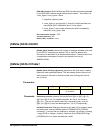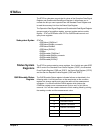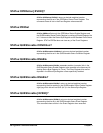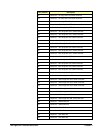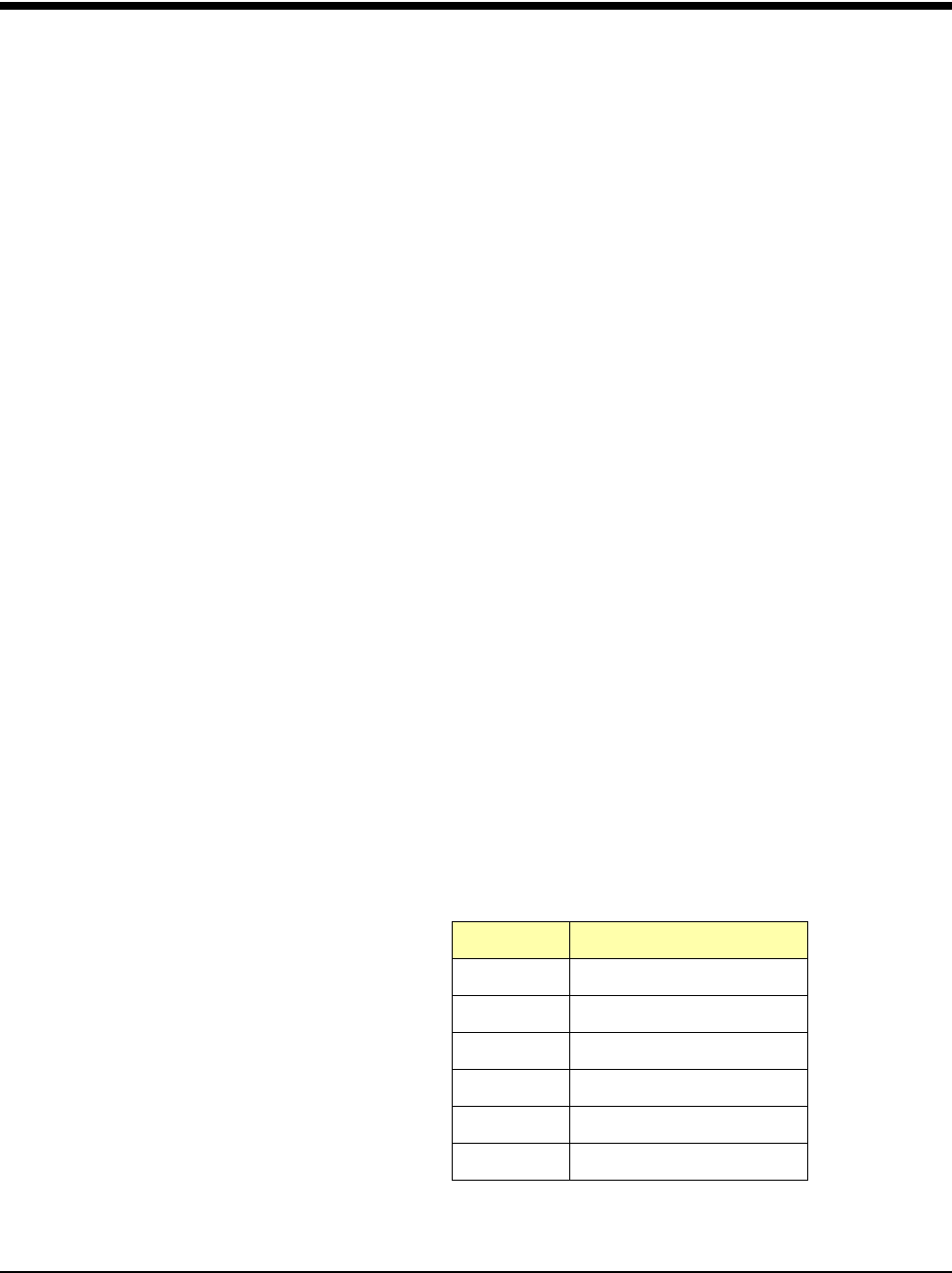
Digitizers Command Reference 93Chapter 3
STATus
The STATus subsystem reports the bit values of the Operation Data/Signal
Register and Questionable Data/Signal Register. It also allows you to
unmask the bits you want reported from the Standard Event Register and
to read the summary bits from the Status Byte Register.
The Operation Data/Signal Register and Questionable Data/Signal Register
groups consist of a condition register, an event register and an enable
register. STATus:OPERation and STATus:QUEStionable control and
query these registers.
Subsystem Syntax STATus
:OPERation:CONDition?
:OPERation:ENABle <unmask>
:OPERation:ENABle?
:OPERation[:EVENt]?
:PRESet
:QUEStionable:CONDition?
:QUEStionable:ENABle <unmask>
:QUEStionable:ENABle?
:QUEStionable[:EVENt]?
Status System
Registers
The STATus system contains seven registers, four of which are under IEEE
488.2 control: the Standard Event Status Register (*ESR?), the Standard
Event Enable Register (*ESE and *ESE?), the Status Byte Register (*STB?)
and the Service Request Enable Register (*SRE and *SRE?).
QUEStionable Status
Register
The QUEStionable Status register indicates failures as described in the
following table. Limit failures occur at the sample rate so the condition
register bits change rapidly and cannot be read until the measurement
completes. You should read the EVENt register which latches the
CONDition register once a measurement cycle to see if a limit failure
occurred. You will then need to determine which reading failed by printing
the reading number and the measurement value.
Bit # Description
0 VOLTage overload
8 CALibration failure
9 Channel 1 limit failure
10 Channel 2 limit failure
11 Channel 3 limit failure
12 Channel 4 limit failure






